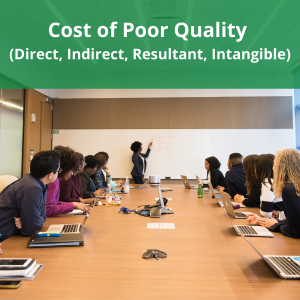Developing Countermeasures and Solutions
Developing effective, feasible and permanent solutions is the key to process improvement. Problems are identified, root causes are verified, countermeasures are developed and implemented, and permanent solutions are created. Methods used to create countermeasures can dictate whether they will become solutions, or not. Let’s start by understanding the difference between a countermeasure and a solution,… Read more »










